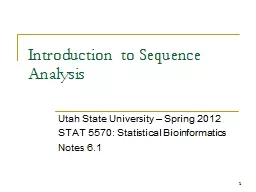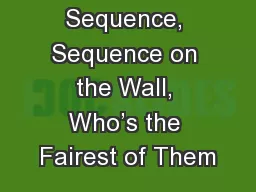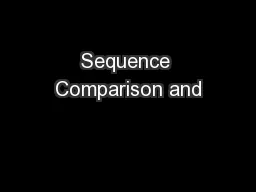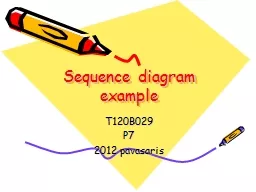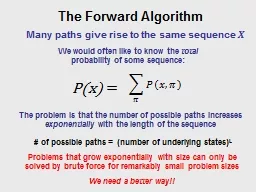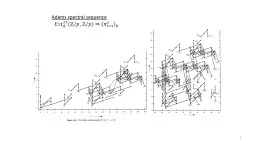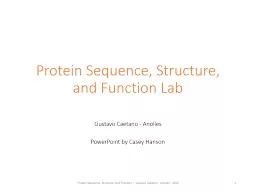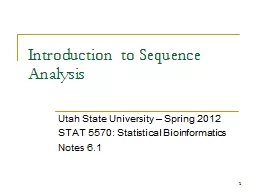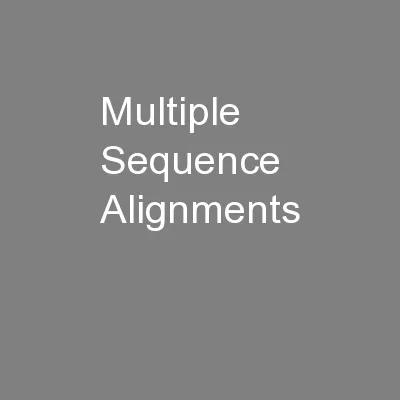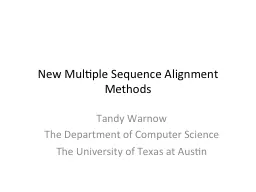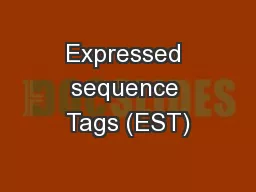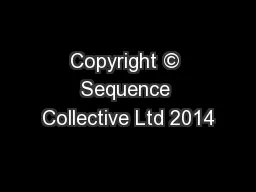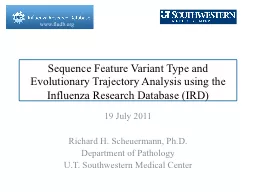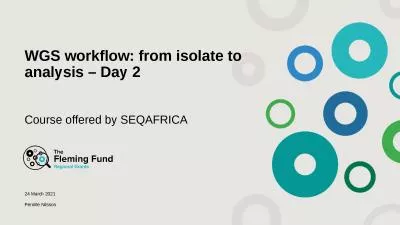PPT-1 Introduction to Sequence Analysis
Author : luanne-stotts | Published Date : 2017-01-22
Utah State University Spring 2012 STAT 5570 Statistical Bioinformatics Notes 61 2 References Chapters 2 amp 7 of Biological Sequence Analysis Durbin et al 2001
Presentation Embed Code
Download Presentation
Download Presentation The PPT/PDF document "1 Introduction to Sequence Analysis" is the property of its rightful owner. Permission is granted to download and print the materials on this website for personal, non-commercial use only, and to display it on your personal computer provided you do not modify the materials and that you retain all copyright notices contained in the materials. By downloading content from our website, you accept the terms of this agreement.
1 Introduction to Sequence Analysis: Transcript
Download Rules Of Document
"1 Introduction to Sequence Analysis"The content belongs to its owner. You may download and print it for personal use, without modification, and keep all copyright notices. By downloading, you agree to these terms.
Related Documents

